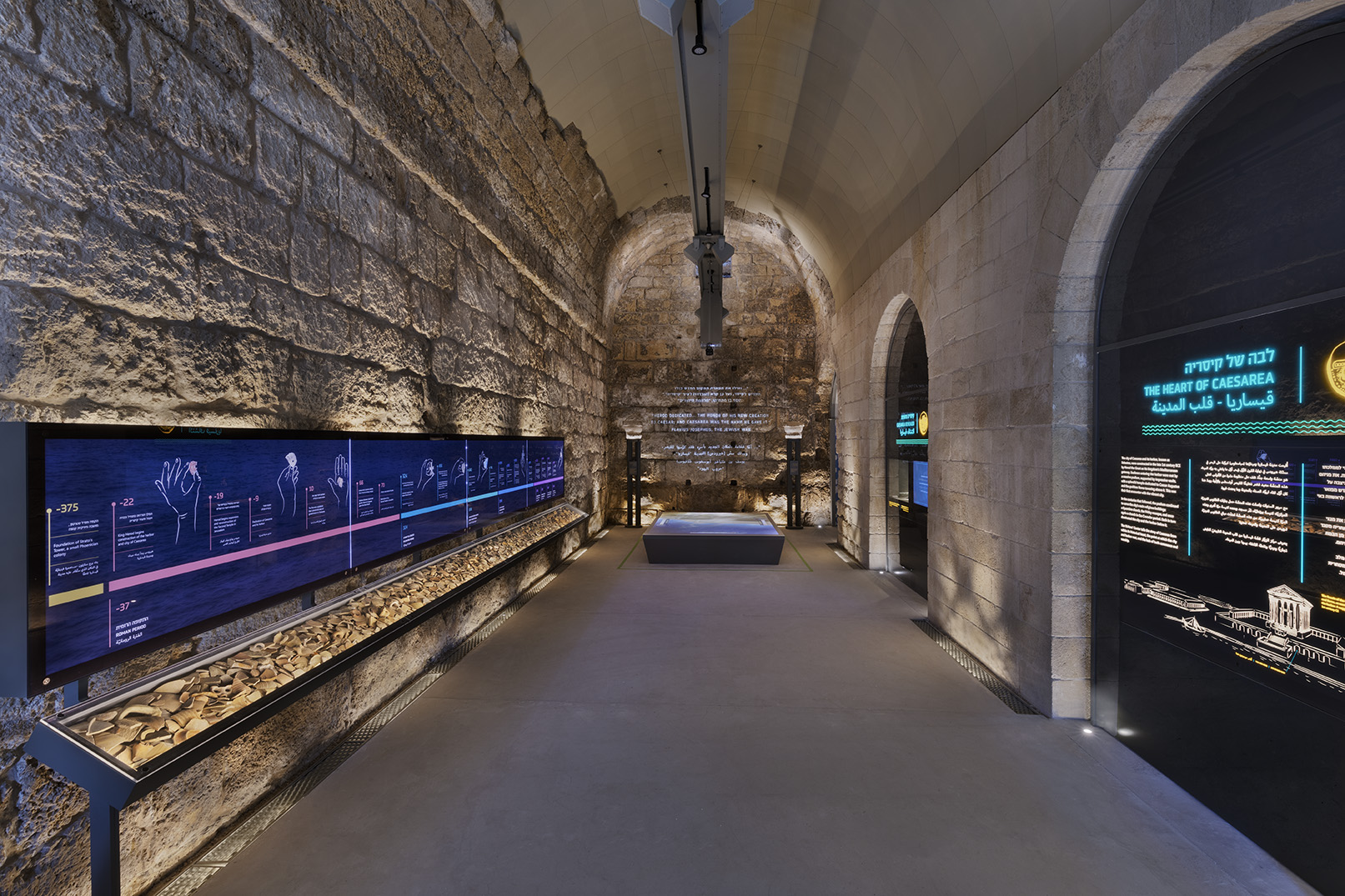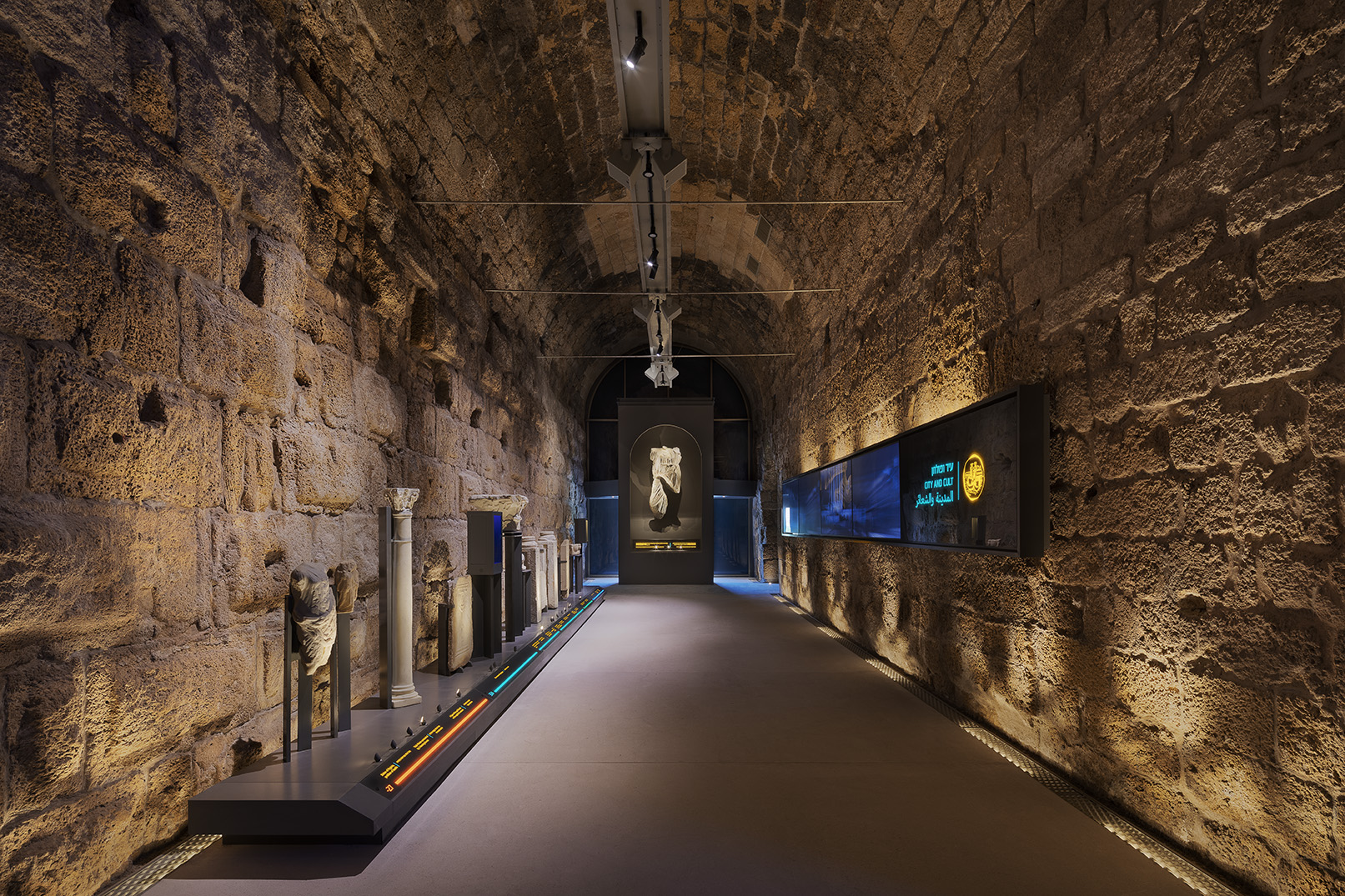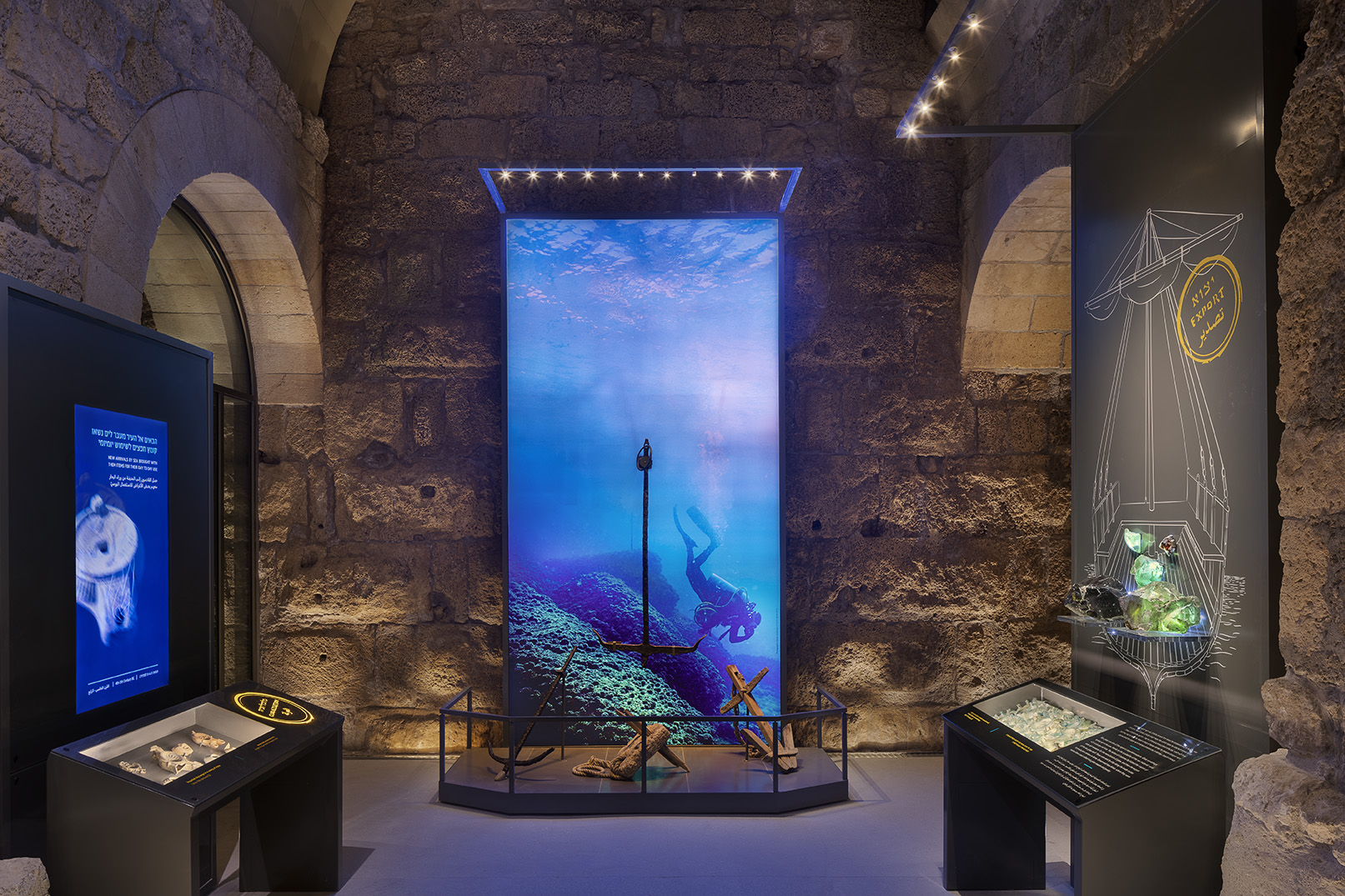Culture
Monumental preservation of the Harbor Vaults at the Caesarea inaugurated by Rivlin and Baroness Ariane de Rothschild
With an investment of more than NIS 150 million by the Edmond de Rothschild Foundation, the complex and challenging engineering design of the Caesarea Development Corporation and five years of research and intensive work by the best archaeologists of the Israel Antiquities Authority and experts from the Israel Nature and Parks Authority.
The President of the State of Israel, Reuven Rivlin and Baroness Ariane de Rothschild, inaugurated today (29.5.2019) the massive preservation and restoration project of the Harbor Vaults at the
Herod built the huge vaults- standing 740 meters high and 21 meters in depth, with an average width of 5.2 meters. The vaults were part of the storage system at the port and served as a base for the temple podium dedicated to Herod’s patron, Emperor Augustus. The temple was the beating heart of the impressive city, which in antiquity was a central junction of the global economy and trade between the East and West. The Visitors’ Center, which was built within the reconstructed vaults, combines artifacts from

The restoration of the vaults, which were in danger of collapse, was particularly complex and required more than five years of intensive, collaborative work by archaeologists, engineers and preservation architects. In addition to the archaeological excavation, engineering buttresses were required, a meticulous examination of the stability of the walls and the soil layers throughout the area of the vaults, and the careful dismantling and reassembly of the walls of the complex. During the excavation, it was revealed that Herod’s original vaults had collapsed in the past and were reconstructed in the Byzantine period. Notably, the Byzantine restorers were careful to preserve them in the original outline.
The exhibition halls within the heart of the vaults, which include a variety of exhibits and archaeological treasures uncovered during the excavations, are also safely accessible to visitors with special needs. At the center of the exhibition is a screening of an internationally produced historical epic about the very complex figure of King Herod.
The lavish production brings back to life the great vision, intrigues, desires, passions, murders and dreams that Herod experienced, right here- in the heart of
President of the State of Israel, Reuven Rivlin said that "
The excavation, preservation and restoration of Caesarea Harbor, with a huge investment of more than NIS 150 million, included the preservation and restoration of the ancient synagogue, the construction of a promenade at the Crusader walls, restoration of the Roman aqueduct and the restoration and preservation of the temple vaults, the temple platform and the staircase leading to it. The newly inaugurated Visitors' Center further enriches the experience of visiting the National Park and

The Edmond de Rothschild Foundation is spearheading the project through the Caesarea Development Corporation, led by the Vice Chairman of the foundation, Guy Swersky and CEO Michael Karsenti. The excavation, restoration and preservation of the harbor vaults and the other hidden treasures of ancient
As part of the project, digs of the Israel Antiquities Authority, have recently uncovered three more exciting finds near the vaults: A mosaic floor from the Roman period, which was found in a bathhouse next to the temple's podium and has been replicated in the entrance area to the Visitors' Center. The colorful mosaic floor with geometrical patterns was part of a semi-dome structure that may have been used for ritual or public purposes and was probably built during the 2nd or early 3rd century CE. It was part of the embellishment of the western façade of the podium of the
The second archaeological find uncovered during the excavation was a cache of about 500 bronze coins from the Byzantine period (6th-4th centuries CE). The treasure, identified by Dr. Donald Zvi Ariel of the Israel Antiquities Authority, was probably buried in a leather bag or other material that had eroded over the years. It was discovered when one of the vaults was exposed. In the absence of a “bank”, as known to us today, the coins were hidden "under the tiles," that is, under the floor of a magnificent church building from the Byzantine period- probably the cathedral of the city, which served as the bishops' seat. According to Dr. Peter Gendelman and Dr. Uzi Ad, excavation managers on behalf of the Israel Antiquities Authority, "It’s possible that the burial of the coins is related to the construction of the church complex on the temple podium, since it is known that during this period, the church also took part in the administrative functions of the city." According to Dr. Gendelman, "The owner of the treasure did not return to retrieve it, and so we found it instead. The reason for his non-return will probably remain a mystery."
The third recent discovery was a mosaic from the 5th century CE bearing a Greek inscription "He who knows all is Hosea and he is blessed." During an archaeological dig in the huge warehouse complex that was built at the port in the Byzantine period, an inscribed greeting was discovered in one of the entrances to the warehouses. It appears to have been intended for the warehouse operators and sea farers. The inscription, located within a mosaic circle, was deciphered by Dr. Leah Di-Segni of the Hebrew University of Jerusalem. During the Byzantine period, Caesarea was a bustling port city and one of the largest ports of the

The new visitors’ center will open to the public on June 1st. Entrance to the center is free of charge for National Park ticket holders (
https://www.youtube.com/watch?v=GrmF3Gldj0w&feature=youtu.be
Photo credit: Asaf Pinchuk
Stories for you more +